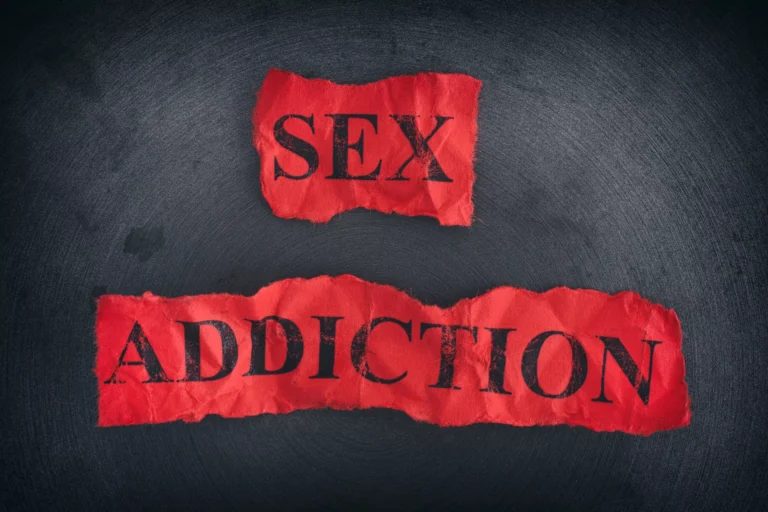As a men’s psychotherapist, I’ve been asked to speak to the media about sexual addiction more than almost any other topic. That’s always struck me as odd, because the public assumption is that only men become “hooked” on inappropriate sexual activity. In reality, a substantial minority of those who struggle with compulsive sexual behaviors are women. Patterns may differ by gender, but the suffering is similar. That said, this article focuses on men. If you’re a man who thinks you may have a problem with sex, you’re in the right place.
What Can Men Get Hooked On?
Common problem areas include compulsive use of internet pornography, anonymous or public sexual encounters, paying for or selling sex, and escalating masturbation patterns that begin to interfere with work, relationships, and health. Internet pornography, in particular, is easy to access and can become a rapid, high-frequency cycle for some men (more on broader online risks in Pornography on the Internet).
Links with Other Addictions
Sexual compulsivity often co-occurs with substance use. Clinicians noticed that people presenting with alcohol or stimulant problems frequently reported out-of-control sexual behavior as well. Some theories propose overlapping reward and habit pathways in the brain across addictions. Whether or not those theories fully capture the complexity, it’s clear that sexual addiction can track alongside other compulsive behaviors and that stress, trauma, and mood symptoms can fuel the cycle.
How the Cycle Escalates
The “chase” for a sexual high can nudge men toward riskier situations. Over time, the focus shifts from pleasure to relief from tension, shame, or distress. Tolerance builds—what once “worked” stops working—and time spent searching for or recovering from sexual behavior grows. Relationships strain, work suffers, and isolation increases. Like any addiction, the costs can be severe: partners, children, jobs, finances, and, in some cases, legal consequences.
Is It Really an Addiction?
Terminology varies. While “sex addiction” is not a DSM-5 diagnosis, the World Health Organization’s ICD-11 includes Compulsive Sexual Behaviour Disorder, capturing a pattern of persistent, dysregulated sexual impulses and acts that lead to marked distress or impairment. If labels feel confusing, focus on function: if sexual behavior feels out of control, causes harm, and persists despite consequences, help is warranted. (See Mayo Clinic’s overview of CSBD here.)
What Helps?
- Mutual-help groups: Fellowships such as Sex Addicts Anonymous (and similar 12-step or secular groups) provide structure, accountability, and community.
- Therapy: Evidence-based approaches—especially cognitive-behavioral therapy (CBT), trauma-informed care, and couples work—can reduce urges and rebuild trust. If you’re curious about tech-supported approaches, see our note on computerised CBT.
- Skills for urges: Trigger mapping, stimulus control (changing access and routines), urge-surfing, and delay/distraction plans help in the moment.
- Lifestyle buffers: Sleep, nutrition, and regular activity improve mood regulation and impulse control; related read: exercise and mood.
Understanding Your “Sexual Map”
Some clinicians speak of “sexual maps”—early learning about arousal, closeness, and safety that can shape adult patterns. Exploring formative experiences (including trauma, shame, secrecy, or early exposure to porn) can make CBT skills far more effective, because you’re treating both the fuel and the fire.
Ambivalence Is Normal
Many men arrive in the “pre-contemplation” or “contemplation” stages—unsure whether they really want to stop. That’s human. Lasting change usually starts with honest goal-setting (“What do I want my sex life and relationships to look like in six months?”) and small, consistent steps. When motivation is mixed, motivational interviewing techniques help you discover your own reasons to change.
Shame and Seeking Help
Shame keeps many men silent. Choosing a therapist experienced in sexual compulsivity can make the first conversations safer and more productive. If face-to-face feels too intense initially, telephone or secure video sessions can be a gentler start. You are not the only one facing this—and you don’t have to do it alone.
Self-Check & First Steps
- List your top triggers (times, places, devices, emotions) and plan alternatives in advance.
- Set clear boundaries (filters on devices, bedtime phone rules, blocking access to high-risk venues).
- Replace the habit loop—pair urge windows with brief workouts, breathing drills, or a call to a supportive person.
- Track progress daily; small wins compound.
Further Reading
Patrick Carnes’ Out of the Shadows: Understanding Sexual Addiction (Hazelden) remains a widely read introduction. For broader context on how the online world can amplify problematic patterns, see our guide to internet pornography. And remember that structured, skills-based help such as computerised CBT and lifestyle supports like exercise for mood can meaningfully reinforce recovery.
Note: This article offers general information and is not a substitute for individualized medical or psychological advice. If you feel at risk of harming yourself or others, seek emergency support immediately.

